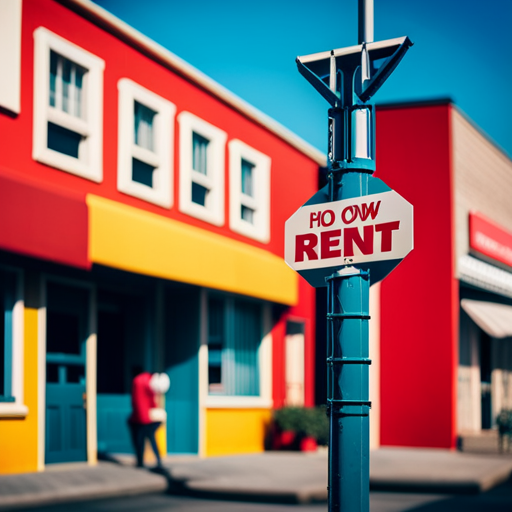Rent-to-own loans have become increasingly popular in recent years, offering individuals the opportunity to acquire goods and properties without a large upfront payment. These loans provide a unique pathway for those who may not qualify for traditional financing or struggle with poor credit scores. However, as with any financial arrangement, rent-to-own loans come with their own set of pros and cons that must be carefully evaluated.
In this article, we will explore the benefits and drawbacks of rent-to-own loans, allowing you to make an informed decision regarding your financial future. By understanding these advantages and disadvantages, you can determine whether this type of loan aligns with your goals and circumstances.
This comprehensive analysis aims to present an objective overview of the rent-to-own loan concept. By examining both sides of the equation, you will gain valuable insights into how this financial option can impact your life. Whether you are considering purchasing furniture or even a home through a rent-to-own agreement, this article will equip you with the knowledge necessary to navigate this alternative financing method effectively.
Key Takeaways
- Rent-to-own loans offer a way for individuals to acquire goods and properties without a large upfront payment.
- They provide a unique financing option for those who may not qualify for traditional financing or have poor credit scores.
- Rent-to-own loans allow individuals to own a desired item without immediate financial burden and offer a flexible payment option.
– However, these loans often come with high interest rates and may limit options available to buyers, restricting their ability to shop around or negotiate favorable terms.
Benefits of Rent-to-Own Loans
One advantage of rent-to-own loans is that they provide individuals with the opportunity to ultimately own a desired item without the immediate financial burden of purchasing it outright. This can be especially beneficial for those who are unable to secure traditional financing or prefer a more flexible payment option.
By allowing individuals to pay in installments, rent-to-own loans offer an accessible pathway to ownership. However, it is important to consider the potential disadvantages as well.
Drawbacks of Rent-to-Own Loans
However, it is important to consider the drawbacks of this type of financing option.
Rent-to-own loans often come with high interest rates, making them an expensive choice for borrowers.
Additionally, these loans may limit the options available to buyers, as they are typically tied to specific properties or sellers.
This can restrict the buyer’s ability to shop around for better deals or negotiate favorable terms.
It is crucial to carefully weigh these disadvantages before opting for a rent-to-own loan.
Conclusion
In conclusion, it is evident that rent-to-own loans have both advantages and disadvantages.
On one hand, they provide an opportunity for individuals with low credit scores to become homeowners. Additionally, the flexibility and potential to build equity make them appealing options.
However, it is crucial to consider the high costs associated with these loans, including inflated prices and non-refundable fees.
Ultimately, individuals should carefully weigh the pros and cons before making a decision. It is advisable to explore alternative financing options and consult a financial advisor to make an informed choice.



